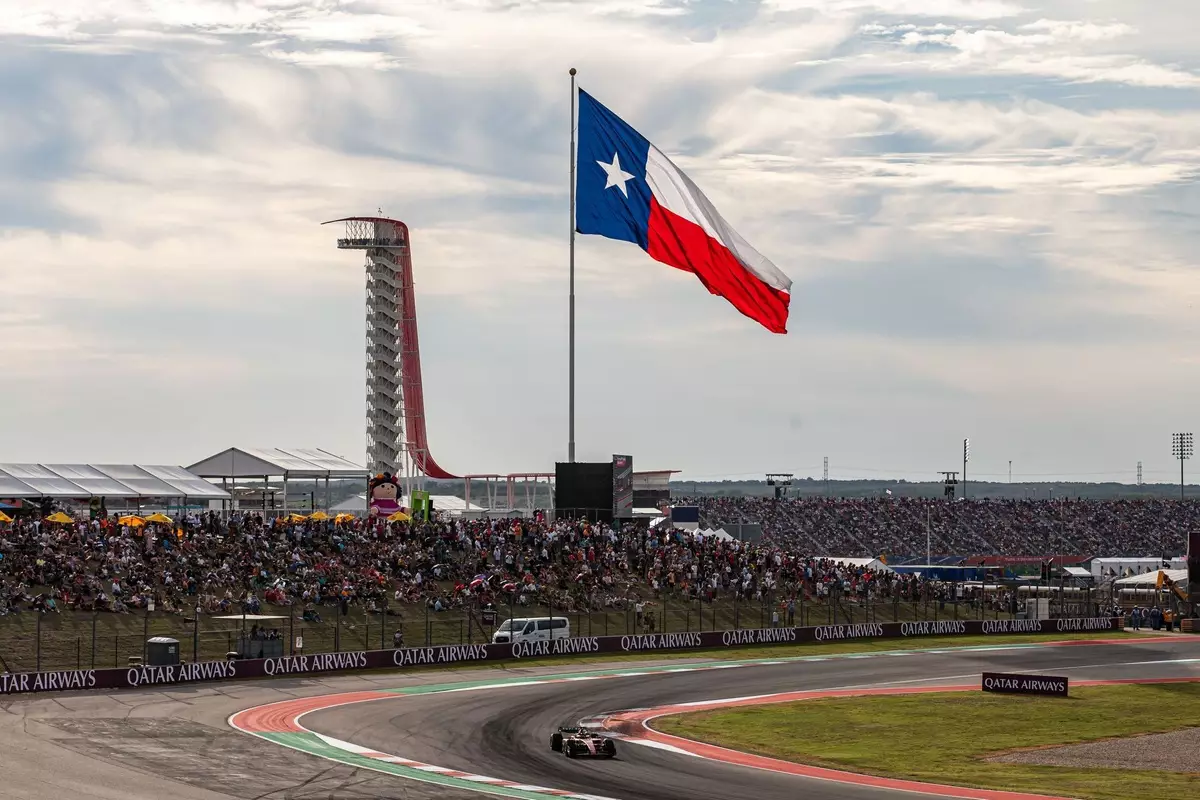In recent years, the landscape of Formula 1 racing has transformed dramatically, particularly following the global disruption caused by the COVID-19 pandemic. With a mounting emphasis on creating an all-encompassing festival atmosphere for fans, race promoters are recognizing that simply hosting races is no longer sufficient. The integration of surrounding entertainment, from live concerts to family-friendly activities, is becoming indispensable in attracting spectators, revealing a deeper understanding of the evolving expectations of fans, particularly in the United States.
As any avid fan knows, the on-track action is the heartbeat of Formula 1. However, recent trends show that ticket sales are increasingly affected by the competitiveness of the races themselves. For instance, the 2024 F1 season generated concerns around a potential Red Bull monopoly on victories, which initially impacted audience interest. Yet as the competitive dynamics shifted, so did ticket sales, highlighting a crucial correlation between the sport’s excitement and its commercial viability. As noted by Circuit of the Americas (COTA) executive chairman Bobby Epstein, ticket sales surged when Max Verstappen’s dominance waned, suggesting that fans crave unpredictability and competitive balance.
This correlation extends beyond a single race; it indicates a broader trend where the quality of on-track competition directly influences fan engagement. The reality is that F1 races are no longer isolated sporting events but rather components of larger entertainment systems catering to diverse audience demands. As Epstein stated, fans today are highly informed and attentive, expecting not only thrilling races but also vibrant experiences that accompany their attendance.
To counteract fluctuating ticket sales, F1 promoters have embraced innovative strategies that transform race weekends into multi-faceted events. A clear example of this approach can be seen with the introduction of concerts, like the recently announced performance by music icon Eminem, which serves as a significant draw for fans. Instead of merely driving ticket sales for the race, these concerts amplify the entire weekend’s appeal, positioning the event as a must-attend spectacle rather than just another race in the calendar.
Epstein’s comments about record-breaking attendance anticipated for the additional events surrounding race weekends reflect a brilliant marketing strategy: coupling world-class music with high-octane racing to create a complete sensory experience. This approach not only elevates the profile of Formula 1 but also entices a broader demographic, including music enthusiasts who may not be die-hard racing fans but are willing to enjoy a weekend of entertainment.
Compounding the excitement is the synergy created by other local events occurring simultaneously. For instance, the alignment of the USA Grand Prix with a major college football game demonstrates how interrelated events can amplify attendance and generate buzz. The combination of racing, music, and football offers fans numerous opportunities to indulge in diverse forms of entertainment and makes Austin a hotbed of activity.
The potential for cross-pollination between different fan bases illustrates the changing ethos of sports entertainment — that it’s no longer just about the main event but the collective experience of an entire weekend filled with excitement. This unified approach is particularly crucial in competitive markets, as cities vie to attract large audiences for not just F1 but for any event occurring within their boundaries.
Formula 1’s increasing traction in the United States is part of a bigger global narrative about the sport’s growing popularity. The recent resurgence of events like the Las Vegas Grand Prix has driven attention and heightened competition among American circuits. While some fear these events may detract from the established races at COTA and Miami, evidence suggests a more nuanced interaction where exposure benefits all involved.
According to Epstein, Las Vegas offers a unique spectacle that complements but also competes with other races. While its glittery allure draws international eyes, the local flavors of Austin and Miami continue to foster deeply rooted fan engagement within the U.S. It’s a balancing act where each venue contributes uniquely to F1’s growth, indicating that the future of the sport lies not in exclusivity but in strategic collaboration among cities.
As Formula 1 continues to evolve, the intricate relationship between riveting on-track action and enriching off-track entertainment will remain paramount. The emphasis on adaptability in catering to fan preferences could dictate the trajectory of the sport’s commercialization, dictating not just how races are marketed, but also how they are experienced.
Fans today desire a holistic experience where they can celebrate their passions for racing, music, and sports collectively. As the sport strides into a new era of entertainment, engaging multiple facets of culture, the potential for growth appears boundless, promising exciting weekends filled with unforgettable moments. The principles guiding this transformation are an acknowledgment of fans’ empowered preferences, setting a profound precedent in the world of motorsport.


Leave a Reply